Outspoken Women in Triathlon schedules Summit
In partnership between Live Feisty Media and Shift Sports, Triathlete magazine will present Outspoken: Women in Triathlon Summit on November 30 through December 2 in Tempe, Arizona. The conference will bring together amateur and professional triathletes, coaches, industry professionals, race organizers and members of the media to discuss the past, present, and future of gender equity in triathlon.
The leaders of this symposium are Dr. Sara Gross, co-founder of Outspoken and CEO of Live Feisty media, and Outspoken co-founder and Shift Sports executive Dr. Lisa Ingarfield.
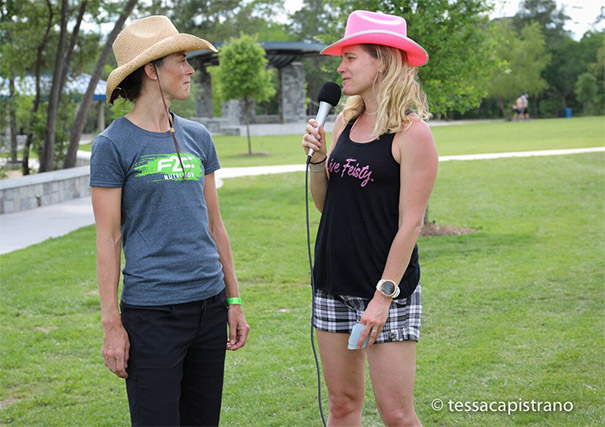
Slowtwitch: Sara and Lisa, congratulations on creating Outspoken: Women in Triathlon Summit presented by Triathlete Magazine. What led you two to create this gathering?
Sara Gross: Lisa and I met last year when she volunteered for a TriEqual initiative. I asked her what her PhD was in (Intercultural Communication) and boom, a long conversation ensued about triathlon, inclusivity and diversity. Lisa brought a new level of insight to many of the issues I am passionate about like equal opportunity, breaking down barriers and generally trying to make triathlon a friendlier space for people from a variety of demographics. Our brainstorming led to the Women’s Summit.
Lisa Ingarfield: I have always been committed to understanding and critiquing how power operates on a systemic and individual level in our culture. I think it is critical for individuals to understand their social identity privilege. This has become a personal commitment for me and working on issues of gender equity has been central to my endeavors for fifteen years.
With this in mind I reached out to TriEqual and Sara and I began talking about our academic work and our thoughts on gender equity in triathlon. Part of our discussion centered on how triathlon tends to focus only on numbers – numbers of women, numbers of athletes with disabilities, numbers of athletes of color – but then stops short of actually addressing the climate of the sport and the larger systemic issues that perpetuate gender inequity. We felt we needed to deepen the conversation and bring women and others together, and thus, Outspoken was born.
ST: Lisa, what is Shift Sports and its core philosophy?
Lisa: Shift Sports is a collaborative project with Dr. Sara Gross and its goal is to help triathlon organizations shift the conversation around inclusivity from numbers to a broader and deeper commitment. The business just launched and we are available to offer consulting services and training to triathlon organizations ready to take their diversity, inclusion, and equity work to the next level.
ST: Sara, tell us what is Live Feisty Media, its core mission and some of your first projects?
Sara Gross: Live Feisty’s goal is to share new stories and fresh perspectives from within an empowered, active community. On livefeisty.com, we want to share stories, images and opinions that are born from that experience. For example, 24-year-old Danielle Audino recently wrote about how she was touched deeply by the community and team aspects of the Ultraman. Pro triathlete Caroline Livesey wrote a hilarious article about the challenges of peeing as a female cyclist. We also offer interviews that talk about things that have otherwise not been talked about. For example, Meredith Kessler spoke openly about her fears around how her baby would eat during the race since he was on a “bottle strike.”
We started last July with an IronWomen podcast hosted by pros Haley Chura and Alyssa Godesky, as well as LIVE event coverage from our IronWomen Facebook page. Most recently in Texas, we had a blast line dancing with the pro women. Our goal for that podcast is to elevate the voice of influential women in our sport.
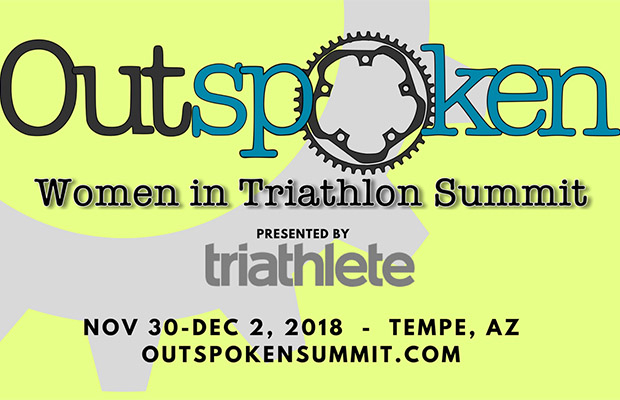
ST: What are some of the key examples of lack of inclusion for women in triathlon?
Lisa: This is difficult to answer quickly. It is also a contentious because it taps into the conversation about power and privilege. Specifically, we need to ask who holds power, who wants to maintain power, and how dominant groups maintain their power. Exclusion operates very often under the radar and so it isn’t simply a case of pointing to some obvious and tangible poster child of exclusion. While the absence of 50 pro women slots at Kona is one example, much of women’s exclusion is harder to identify.
Historically, sport broadly has been associated with power, strength, and dominance. There are numerous examples where women were not allowed to participate or their distances were shorter, or their prize money was limited. Sport, then, still is to some extent coded male.
ST: How do you propose to shift the narrative?
Lisa: That requires all of us to understand how sport operates, who is in control, and who receives the money and attention. More women in a sport does not equal inclusivity, much like more students of color on a college campus does not make the campus a friendly place to be.
Sara: What really drove me to see the need for the Outspoken Summit is the observation that we have a plethora of initiatives designed to encourage more women to participate in triathlon such as Women for Tri and the new Time to Tri initiative. These initiatives are important, but not a complete solution. We need initiatives that will develop women’s involvement and leadership at every level. We need to ask the tough questions like: How do we treat people once they are among us? How do we encourage women’s representation at all levels of the sport? To answer those questions, we have to ask women from every demographic to share their experiences.
We also need more stepping stone initiatives that encourage women to move up the ranks from beginner, to competitor, to Kona qualifier or pro athlete. We could use some pathways that help women climb the coaching or industry ladders. For example, as a woman entrepreneur I have multiple resources available to me in the business world to help me find mentors or investors such the Forum for Women Entrepreneurs in Vancouver. I would love see similar initiatives pop up in triathlon. And that’s what we want to discuss at the Summit – how can we make the culture of triathlon more inclusive?
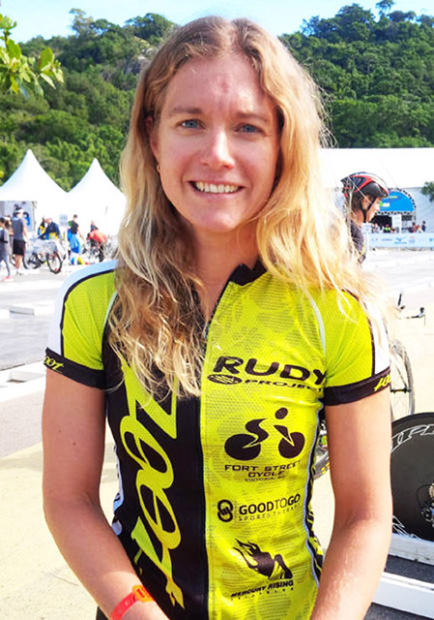
ST: How important has the ITU been for women in triathlon?
Sara: In the 90’s the IOC was pushing gender equality to the forefront and Les McDonald used that to triathlon’s advantage by making sure the women’s races had equal prize money. And let’s not forget that at the first ITU World Championship in Avignon in 1989, the French federation was not offering equal prize money, but the elite athletes – men and women – led by Erin Baker, marched into a meeting and demanded equal prize money. And now Marisol Casado is the successor to McDonald as President of the ITU and is a member of the IOC governing board. Love her. I think the ripple effect of her leadership is felt at every level.
ST: In the early days of triathlon men far outnumbered women. By the 1990s, the percentage of women at Kona was about 20-25 percent. Since then the percentage of women in USAT and ITU participation has increased. How would you evaluate the numbers of women in the sport?
Sara: My understanding is that the number of women participating in the shorter distance has continued to increase, but that Ironman numbers have plateaued. I also don’t think we always need to aim for 50% representation everywhere all the time. If more women want to do certain events and more men want to others, that’s fine. What we need to do is identify existing barriers to women and do our best to break them down.
Lisa: Rising women in triathlon is excellent and is a step towards inclusion. My question back to you is about retention. While there may be an increased number of women registering for races, what are those retention rates like? And how do those rates compare to men currently and over time?
I also think perceptions of gender are changing. More now than ever, we are able to acknowledge gender is not a binary but rather a continuum. Women are accessing professional workplaces in higher numbers and there are more women in leadership positions across sport and business. But, the important piece is to remember that, just because there are more women than before, does not mean that it is enough or that we are done. Nor does it mean our sport’s sub-culture is not subtly hostile to women – athletes, race directors, journalists, and others.
ST: Sally Edwards was an important triathlon pioneer with her books, her triathlon stores, her advocacy of the Danskin women’s-only triathlons. What impact did she make on women in triathlon?
Sara: I’m so glad you mentioned Sally Edwards! Our overarching theme for the Summit is: Past, Present, Future. I truly believe that we can’t move forward without learning from the past. And in triathlon, the women who were pioneers like Sally are still alive. Lisa and I are a planning to have a keynote and panel discussion with a number of pioneering women like Sally.
ST: Who led the drive for 50-50 pro women in the Kona field? How much progress was made?
Sara: The drive for equal slots in Kona, #50womentokona, was led but a number of women and men – Rachel Joyce, Alyssa Godesky, Hillary Biscay, Kelly Burns Gallagher, Sue Aquila, Jordan Blanco and myself amongst others. I think we got the word out there, but unfortunately the decision came down to one or two people who chose not to create equal opportunity for the pro women. The movement will make progress when and if the folks who run Ironman decide that the pro race is important to their business model and that they want to do everything they can to develop the women’s race – like Les McDonald did in the 90’s.
ST: What have been some of the rationalizations for not including 50 pro slots for women and what is your response?
Sara: First, they say there’s not enough room on the Pier in Kona. This turned out to be untrue. Since we asked in 2015 over 200 bikes have been added to the Pier.
Second, they argue The women’s race doesn’t have the same depth as the men’s race at the top level, so there are not enough pro women who are “fast enough” for Kona (i.e. we don’t want to water down the field. To that all I say, emphatically, THE WOMEN ARE GOOD ENOUGH. It’s just a matter of perspective.
Third, Slots provided proportionally by gender is the best way to fairly divided a limited number of slots. So, since there are fewer pro women, and women in general in triathlon, then it is fair to offer slots proportionally. To this I say: It is unheard of in the sporting world to offer access to a World Championship that is proportional to how many women have pro or elite cards in that sport. Literally, no other sport does this. The reason no other sport provides access proportionally is because most sports recognize that the number of people in a certain field does not determine how good the BEST people are in that field.
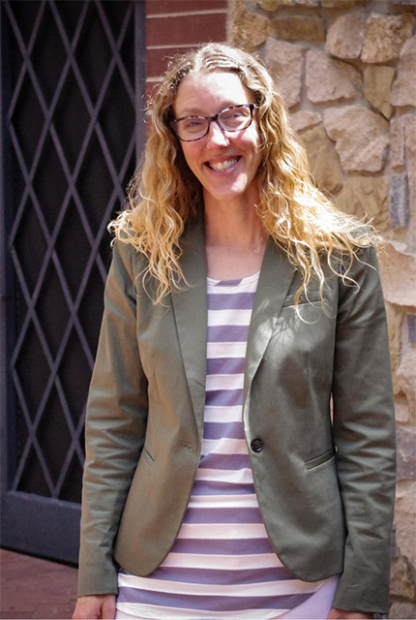
ST: In the larger picture, the #MeToo movement has fostered a revolution against male sex assaults of women in business, politics, journalism and movie making. Predatory monsters like Larry Nassar in gymnastics are prosecuted. Are there problems in triathlon?
Lisa: I resist labeling Nassar as a monster because when we do, we enable the narrative of one bad seed. Nassar was able to abuse with impunity for so long because the individuals he was surrounded by let him do it, whether because of negligence, or because they didn’t believe the girls who came forward because they buy into the many pervasive rape myths in our culture.
Sexual abuse is rampant in our culture and far too few survivors of sexual harassment and abuse come forward or receive the support and belief they deserve. We know 1 in 5 women will experience sexual assault and 1 in 71 men in their lifetimes (https://www.nsvrc.org/statistics).
I cannot say definitively whether there are sexual abuse or sexual harassment problems in triathlon, but having worked in the field for numerous years, I am sure there are survivors of harassment and abuse who have tried to come forward or who have refused to come forward because no one listens.
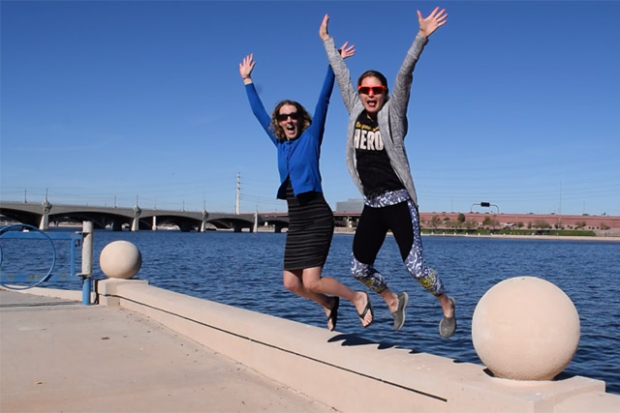
ST: What do you think of the new swim start for pro women at Kona?
Sara: It’s a good start and could serve as a template for other races to help create a clean race course for the pro women. To see improvement across the board will take a more complex set of changes and Outspoken aims to bring out some of the main questions and offer tentative solutions.
ST: What other questions need to be addressed?
Lisa: I think at the center of much of what we are talking about and much of what spurred the need for the Outspoken Summit is a willingness to address the undercurrents of privilege and oppression that flow beneath the surface. These are hard conversations, they are contentious, and it can be hard to stay humble and not get defensive. Open, honest, and yes, painful conversation is important. It isn’t as simple as women are all included or all excluded. There are multiple factors operating at the same time. For example, triathlon is a great example of intersectionality. Triathlon is expensive, women earn less than men. Women of color even less than white women. The most affluent athletes tend to be white men, because they are best able to afford to participate. Women also tend still to be the primary caregivers in their family, whether for children or older relatives. Their time is often more limited leaving little room to train. Since triathlon (and sport in general) is coded male, more men fit into the sport, have time to train, have disposable income to pay for races, equipment and coaching.


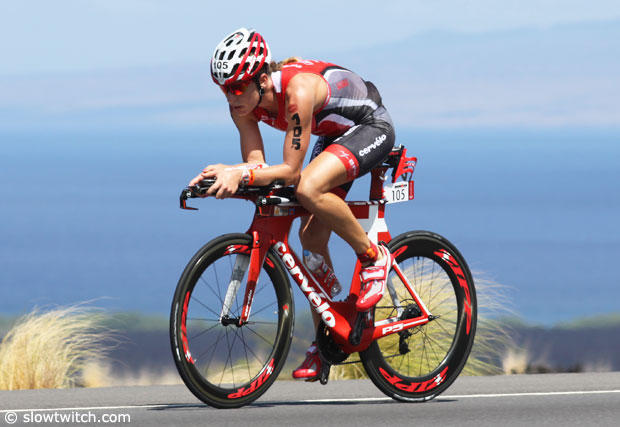
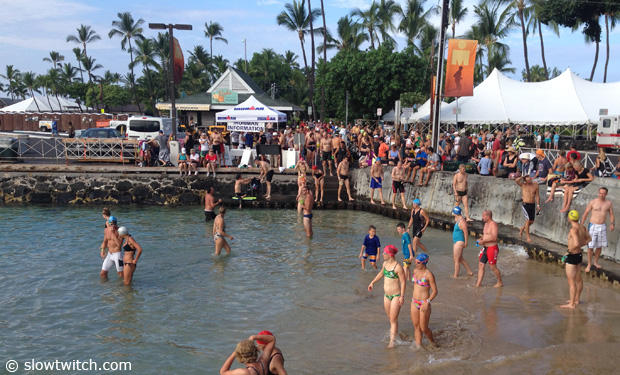
Start the discussion at slowtwitch.northend.network